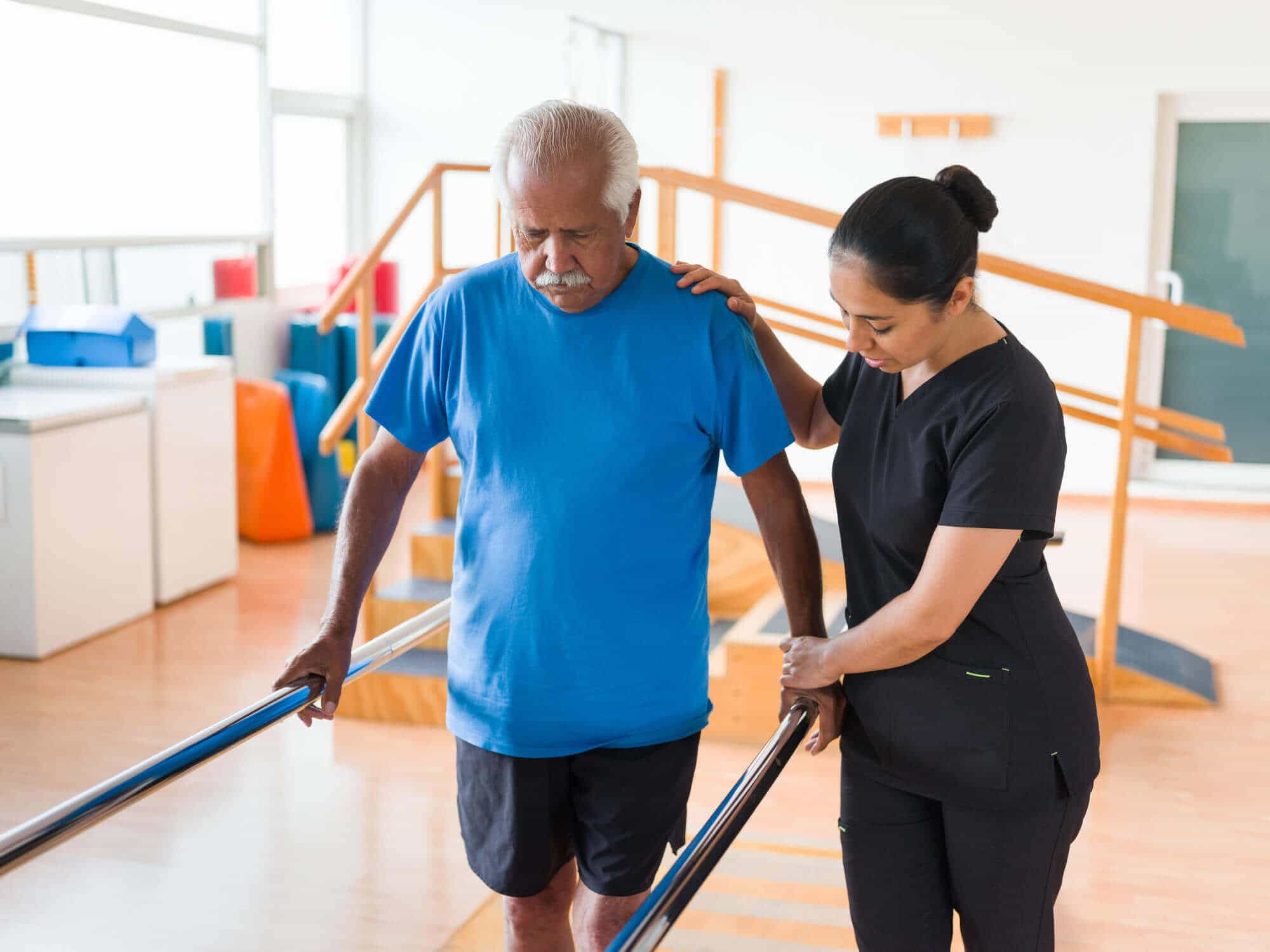Learning Frequent Athletic Injuries as well as Effective Recovery Strategies aimed at Sports Players
Learning Frequent Athletic Injuries as well as Effective Recovery Strategies aimed at Sports Players
Blog Article
Athletic traumas are frequent among sportspeople of all ages and proficiency levels. These injuries can occur in various forms, including sprains, muscle injuries, breaks, and tendonitis. Comprehending the types of traumas that can occur during athletic activities is essential for not only avoiding and treatment. Ligament injuries, for example, entail the stretching or tearing of connective tissues, which connect bones at a articulation. Strains, on the other hand, impact muscle tissues or tendons, which connect muscles to skeletal structures. Recognizing these traumas early can help sportspeople seek appropriate treatment and come back to their activity more quickly.
One of the frequently frequently observed injuries in sports is the ankle sprain. This injury often happens when an individual touches down awkwardly or twists their foot during a game. Signs of an foot ligament injury include discomfort, inflammation, and difficulty moving. Immediate treatment typically includes the R.I.C.E. method, which represents for Recovery, Ice, Wrapping, and Elevation. This approach aids reduce inflammation and discomfort. In more serious situations, rehabilitative therapy may be necessary to restore strength and mobility to the ankle before going back to athletics.
Another frequent injury is a muscular injury, which can happen in any sport that demands sudden actions or heavy weight-bearing. Athletes may suffer a muscle strain when they extend a muscle too much or when they exert too great force. Signs include acute discomfort, swelling, and muscular spasms. Rehabilitation for muscle strains often entails gentle stretching and strengthening workouts. Slowly increasing exercise levels is crucial to avoid re-injury. Athletes should collaborate closely with a physical specialist to create a safe and efficient rehabilitation strategy.
Tendon inflammation is another trauma that can impact sportspeople, particularly those who participate in frequent movements, such as joggers or aquatic athletes. This issue occurs when a tendon, which links muscle to bone, becomes inflamed. Common areas involved by tendon inflammation include the elbow, shoulder, and knee. Symptoms often include pain and stiffness, especially during activity. Care for tendonitis usually involves rest, cooling, and pain-relief drugs. In certain cases, rehabilitative treatment may be suggested to enhance mobility and power in the injured area.
Preventing sports injuries is just as crucial as rehabilitation for overuse injuries addressing them. Sportspeople can minimize their chance of trauma by heating up correctly before events, using the appropriate equipment, and maintaining good physical condition. Strength conditioning and stretching workouts can help ready the physique for the demands of sports. Additionally, athletes should listen to their bodies and take rest when necessary. By comprehending common sports injuries and implementing effective recovery plans, sportspeople can stay fit and participate in their beloved sports for years to come.